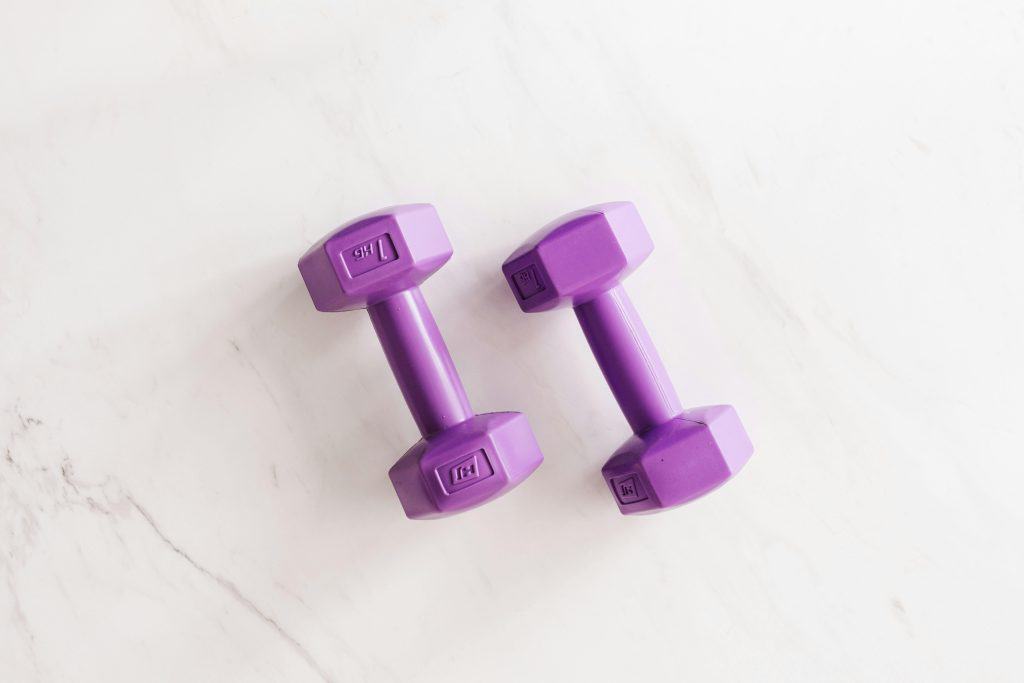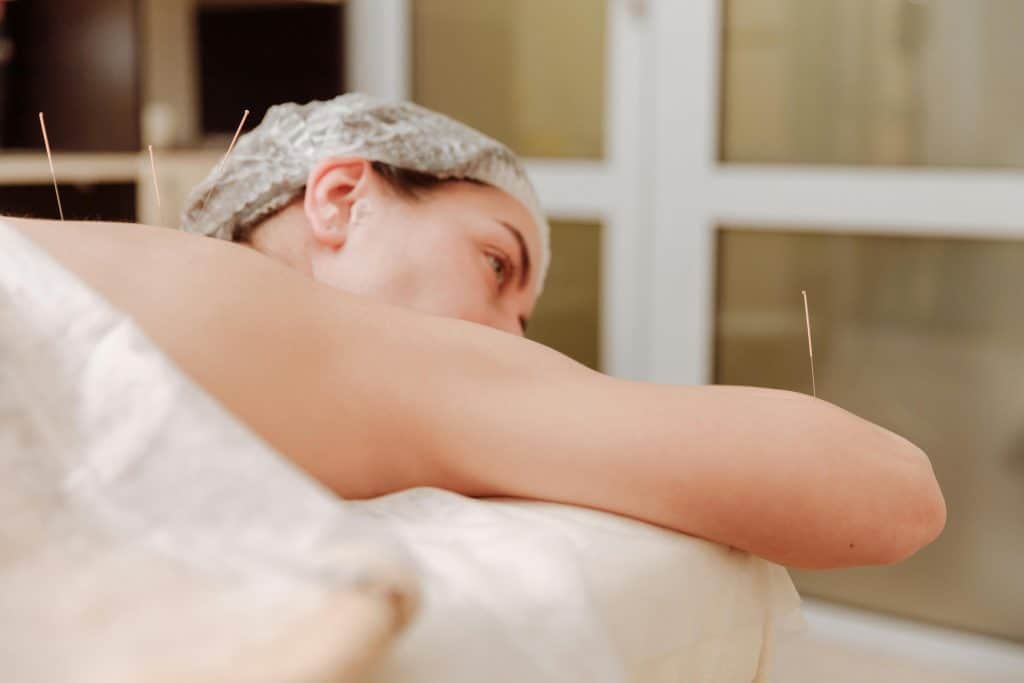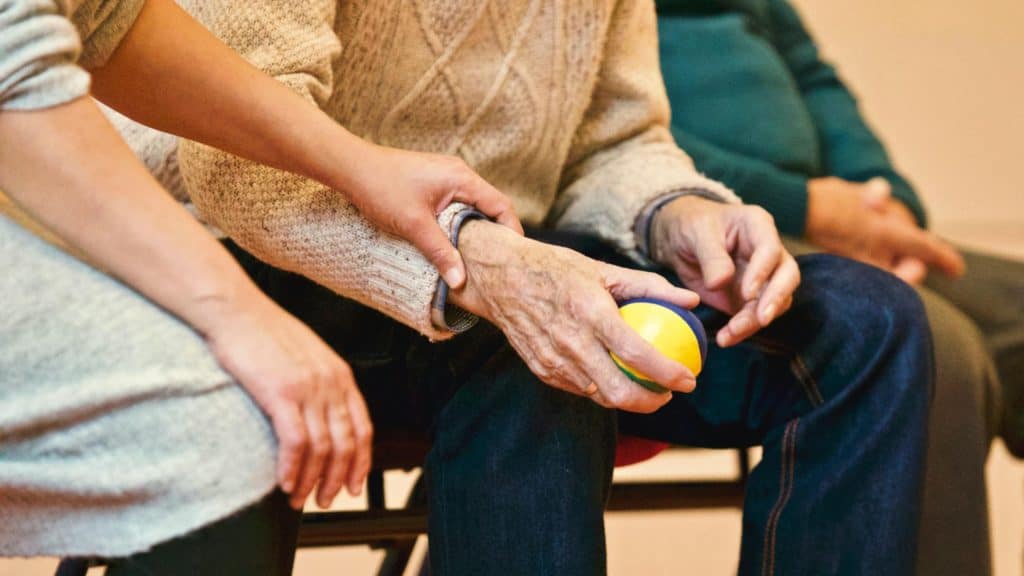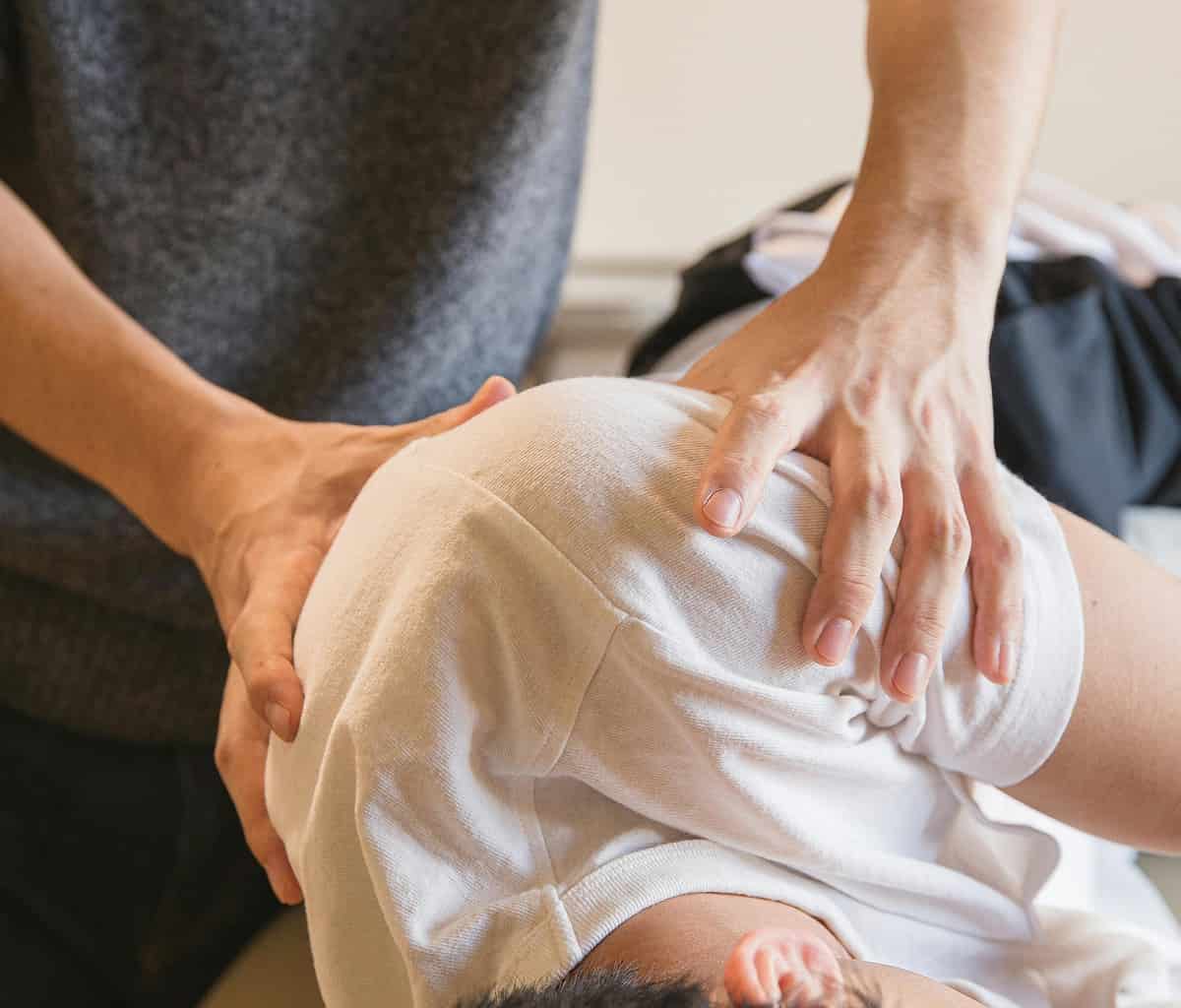
1. What Exactly is This?
Myotherapy is a type of treatment that focuses on your muscles and soft tissues. It uses techniques like massage and stretching to help restore your body’s full range of motion. This treatment can be used for many conditions, such as joint pain or headaches.
2. Who Should Try This?
Even if you have nothing specific going on with your muscles, myotherapy has plenty of benefits. It can relieve pain, loosen up joints, and generally reduce muscle stiffness. However, people with chronic pain or sports injuries could especially benefit from it.
3. Why Does My Soft Tissue Hurt So Bad?
3.1 Why Do I Have Soft Tissue Pain?
Your muscles might be too tense, or you may have strained them too much. The pain is mild but consistent for some people — almost like an ache that never goes away. The pain comes swift and strong for others, feeling like a jolt each time it hits.
4. The Different Types
4.1 Muscle-Related Conditions Are Not Created Equal
Everyone’s condition involving their muscles is unique, but most will improve with myotherapy treatment. Therapists know how to ease sprains, arthritis-related pains, and other RSI discomforts.
5. Techniques That Bring Relief
5.1 Pressure Point Therapy — Its Secrets Unveiled
This technique isn’t as fancy as its name makes it out to be. There are spots all over your body where your muscles are so tight they’re causing other parts lots of agony (if they haven’t immobilized you completely yet). Therapists hope to ease the burden elsewhere by applying pressure onto these points.
5.2 Dry Needling — As Dry as a Desert
Just like acupuncture, dry needling requires needles to be poked into you. Only this time, they go straight into the trigger points in your muscle tissue. Knots will be released, and pain not soothed by regular massaging might lighten up.
5.3 Cupping — Like the Strangest Hickey Ever
This therapy sounds like it just likes making you look silly. But if a certified person tells you to stick cups all over yourself, it’s probably for good reason. The suction from these things increases blood flow and helps relieve muscle stiffness and tension. It doesn’t only benefit athletes; plenty of people who aren’t as active deal with chronic stiffness.

5.4 Myofascial Release — Soft but Strong
This technique may sound made-up, but if it works, then science can take a seat. Therapists use gentle pressure on restrictive connective tissues, hoping to bring down your pain levels and improve your range of motion afterward.
They believe that tight or restricted areas contribute to discomfort because they limit the functions of other areas in your body. By targeting those spots, they’re hoping to get everyone’s optimal function back ASAP.
5.5 Customized Exercise Prescription
In addition to what goes on during the session, therapists will usually give clients exercises tailored specifically to their condition. These exercises focus on strengthening different muscles, improving flexibility, and helping patients recover.

5.6 Massage Techniques
Massages are naturally going to be a big part of this therapy. Skilled therapists know how hard or soft to push their clients. And trust me, they get pretty intense — enough to make anyone’s eyes water.
But these massages are just one component of the treatment.
This thing is effective on its own, but it becomes even more powerful when combined with others.

5.7 Collaboration with Other Healthcare Providers
Your Myotherapist will likely work with other professionals to give you the widest treatment options. Many collaborate with physiotherapists, osteopaths, and general practitioners who specialize in different areas but still offer their patients similar services.
With a multidisciplinary approach, there’s no way they’ll miss something important when considering and addressing your health. They’ll ensure all patients are treated, from acute pain relief through manual therapies to broader lifestyle changes like nutrition advice for long-term health improvement.
5.8 Manual therapy

Your therapist will handly manipulate your joints and muscles, increasing flexibility and alleviating pain.
That’s why we recommend a broader approach that touches on multiple treatments. Here are some techniques you may see in your plan:
– Joint Mobilization: Your therapist moves your joints around to loosen them up.
– Manipulation: Pressure is applied to bones and joints to realign them.
– Massage Therapy: You already know what this is — it alleviates pain while improving range of motion and function.
6. Nutritional Advice
Myotherapists recognize that our musculoskeletal health is deeply connected with our diet. For that reason, practitioners often guide nutrition and eating habits. Drinking enough water, eating anti-inflammatory foods, and maintaining a balanced diet have all been proven to help speed up tissue healing time and improve overall well-being.
By addressing all areas of health improvement, patients receive comprehensive care that supports their recovery goals

7. Stress Management
Physical pain can be heightened by poor mental health — so therapists will incorporate stress management strategies into their plans to ensure clients have the best experience possible.
8. Cost-Related Information
Expect to pay between $100 – $150 per hour for Myotherapy services. This is an average cost and may vary depending on factors such as location or clinic type.
Insurance is likely to cover part (or all) of your expenses, so don’t forget to ask about a healthcare rebate to lower the out-of-pocket costs.
Always check that the clinic accepts your payment method before booking an appointment.
9. Picking out the Right Myotherapy Practitioner
9.1 What to Look for in a Therapist
When seeking a myotherapist, determine whether their experience, qualifications, and patient reviews meet your standards. You’re putting your care in their hands, after all.
9.2 Assessing Qualifications
To get the best treatment, you should search for a myotherapist who’s got the right training and qualifications. If they’re registered with a professional body, you’ve hit gold!
10. Final Notes on Myotherapy
There’s quite a bit that can be done through this procedure. It’s an affordable option to reduce pain and speed up muscle healing. So if you have any muscle-related issues or injuries, remember to talk to a qualified myotherapist as soon as possible!
Last Updated on March 18, 2024 by Maity





